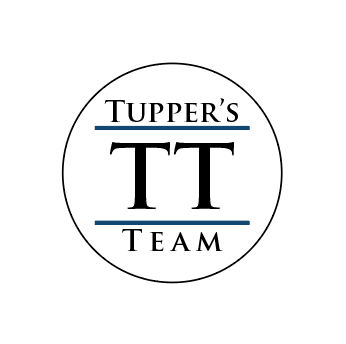Make Sure Your Chimney is Clean and Safe
The warm glow of a fireplace is one of nature's simple gifts. To keep things simple and safe, clean the fireplace regularly and know that it is well built. It's also a good idea to have a professional initially inspect the fireplace and chimney even if you plan to clean and maintain it yourself, according to Ken Robinson, of the Chimney Safety Institute of America.
When the chimney is cleaned by a technician he will lay down a drop cloth, place lights, plug in a vacuum system, and have an array of tools and brushes at hand. But before the chimney is cleaned, key areas of the chimney are first checked:
- The lintel, which is the steel bar that supports the top of the opening up to the first combustible, should be at least 12 inches high.
- The bricks need to be inspected. Regular bricks can't tolerate the higher temperatures that fire bricks are able to tolerate. The regular brick will begin to crack and the mortar will crumble. If you have regular brick, it's best to chisel out the old mortar and replace it with high-temperature cement.
- Before cleaning, put on a respirator because it's unhealthy to have continued exposure to creosote dust. Creosote is unhealthy for the chimney as well since it's a combustible material up in the venting portion of the chimney. In that part of the chimney, everything above the damper is designed for hot gasses but not actual combustion. If a combustible substance overheats and catches fire, it can cause serious damage to those areas.
- If you clean your own fireplace, the ashes and creosote can be sprinkled on flower beds, since they are a source of calcium and other nutrients.
- During cleaning, the damper should be checked for correct positioning, ensuring energy conservation and fireplace safety.
- With the vacuum running, a stiff brush is used to clean the fireplace walls. The damper ledge should always be cleaned, since creosote dust builds up there also.
- The outside of the chimney should be checked for obstructions and wear.
- A chimney cap, which has an important function in the proper functioning of a fireplace, should be installed if one isn't already in place. It keeps animals, rainwater, leaves and debris out of the chimney, and the mesh around the cap sides acts as a spark arrester.
- Trees that overhang the chimney should be trimmed back; falling branches could cause damage to the chimney.
- When burning wood, make sure it is seasoned -- not green wood.
When hiring a chimney sweep, look for a certified sweep, one who has taken a test on the standards and codes and knows how chimneys are suppose to be built. He should also have insurance and workman's compensation in case of an accident. For a list of local Chimney Sweeps, click the link below and scroll to "Chimney Sweeps".
Our Favorite Businesses
Finding reliable professionals in the Colorado foothills can be a challenge, rest assured ...
The Chimney Safety Institute suggests cleaning the chimney when creosote is 1/4 inch or thicker on the chimney walls. Schedule the cleaning at the end of the season, as acids in the creosote can damage fireplace mortar and when humidity combines with creosote, strong odors can result.
~DIYNetwork.com
Selling Your Home?
Get your home's value - our custom reports include accurate and up to date information.





